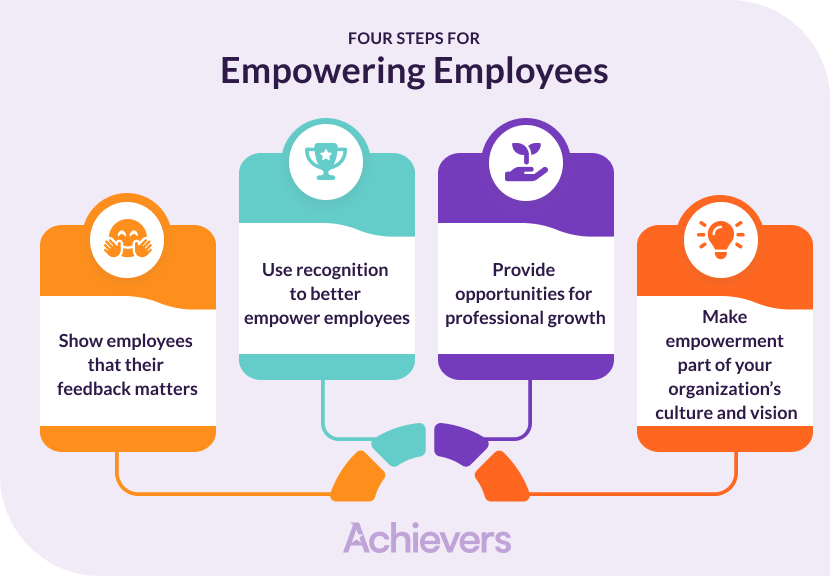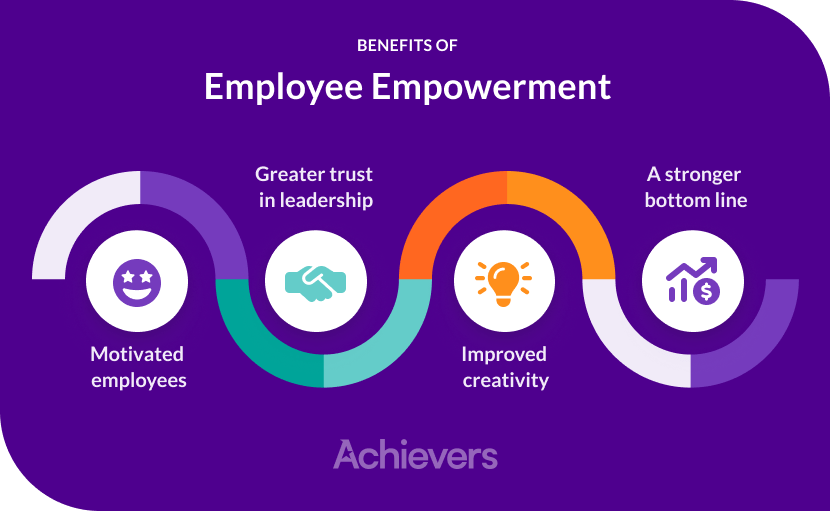How To Empower Employees As A Leader

Employee disengagement is a silent epidemic costing businesses billions annually. Leaders must act decisively to cultivate environments where employees feel valued, trusted, and empowered.
This article provides actionable strategies for leaders to empower their teams, boosting morale, productivity, and ultimately, the bottom line. Ignoring this issue is no longer an option; empowerment is the new imperative.
Foster Open Communication
Communication is the bedrock of empowerment. Create channels for honest feedback and dialogue, both upwards and downwards.
Regularly solicit input and actively listen to concerns. According to a Gallup poll, employees who feel their opinions count are significantly more engaged.
Make communication a two-way street, ensure the leadership is also transparent about the company's progress.
Delegate with Trust and Autonomy
Micromanagement stifles initiative and breeds resentment. Delegate tasks strategically, granting employees the autonomy to make decisions.
Provide clear objectives and resources but step back and trust your team's capabilities. A 2023 study by Harvard Business Review showed that employees with high autonomy exhibit 32% higher levels of commitment.
Support them with any tools and information that may be needed.
Invest in Skill Development and Growth
Employees are more empowered when they feel equipped to excel. Prioritize training and development opportunities to enhance their skills and knowledge.
Offer workshops, mentorship programs, and access to online learning platforms. Help them upskill to advance their career.
Investing in employees’ growth demonstrates your commitment to their future, fostering loyalty and engagement.
Recognize and Reward Contributions
Acknowledge and celebrate both individual and team achievements. Public recognition, bonuses, or even a simple "thank you" can go a long way.
Tailor rewards to individual preferences and motivations. According to SHRM, 79% of employees say recognition is a major motivator.
Regularly acknowledge the good work.
Promote a Culture of Psychological Safety
Employees must feel safe to take risks, voice opinions, and admit mistakes without fear of retribution. Build a culture where vulnerability is accepted and learning from failure is encouraged.
Amy Edmondson of Harvard Business School defines psychological safety as "a shared belief held by members of a team that the team is safe for interpersonal risk-taking."
A safe place to work fosters the trust.
Lead by Example
Empowerment starts at the top. Model the behaviors you expect from your employees: transparency, accountability, and a willingness to learn.
Showcase your own commitment to growth and development. Be approachable and open to feedback.
Leading by example builds trust and inspires others to embrace empowerment.
Next Steps: Action and Accountability
Implement these strategies immediately to start seeing results. Regularly assess your progress and solicit feedback on what's working and what's not.
Hold leaders accountable for fostering empowerment within their teams. Empowerment is not a one-time initiative; it's an ongoing commitment. Prioritize people and they will prioritize the company.


















